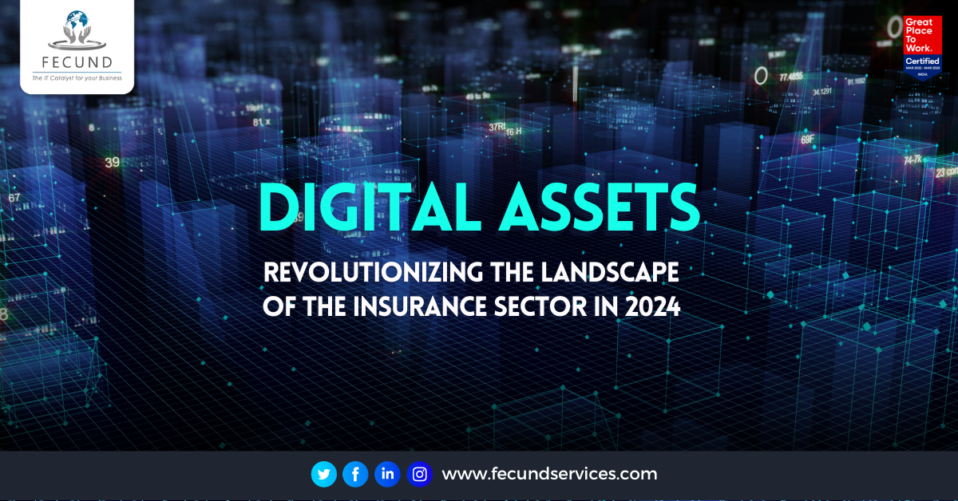
Welcome to the world of Blockchain Disruption! In this article, we will explore how blockchain technology is revolutionizing the insurance industry, changing the way we perceive and experience insurance policies. Our goal is to provide you with a comprehensive understanding of the impact and potential of blockchain in the insurance sector.
What is Blockchain?
Blockchain is a revolutionary technology that operates on a decentralized and secure network of computers. It allows for transparent, tamper-resistant, and immutable record-keeping, making it an ideal fit for various industries seeking enhanced efficiency and security. Initially known for its association with cryptocurrencies, blockchain has expanded its horizons and reshaped the insurance landscape.
Enhancing Transparency and Security
One of the key advantages of blockchain in the insurance industry is its ability to enhance transparency and security. By leveraging distributed ledger technology, insurers can now maintain a permanent and unchangeable record of policyholders, claims, and transactions. This transparency helps build trust between insurers and customers, reducing fraudulent activities and ensuring fair dealings.
Smart Contracts: Automating Insurance Processes
Smart contracts, another groundbreaking feature of blockchain, are self-executing contracts with predefined rules. These contracts automatically execute when specific conditions are met, eliminating the need for intermediaries and reducing administrative costs. In the insurance context, smart contracts allow for swift and automated claims processing, ensuring policyholders receive their rightful compensation without unnecessary delays.
Streamlining Claims Management
Traditional claims management processes can be time-consuming and involve multiple intermediaries. Blockchain technology streamlines this process by providing a secure and shared platform for all parties involved in the claims process, including policyholders, insurers, and service providers. The decentralized nature of blockchain eliminates the need for manual interventions, resulting in faster claim settlements and a seamless experience for policyholders.
Fraud Prevention and Detection
Insurance fraud is a significant concern for the industry, leading to financial losses and increased premiums. Blockchain’s tamper-resistant nature helps combat fraud by ensuring that all information stored on the network is immutable and cannot be altered fraudulently. Moreover, the transparency of blockchain allows insurers to track and verify the authenticity of claims, significantly reducing fraudulent activities.
Data Security and Privacy
In the digital age, data security and privacy are paramount concerns for both individuals and businesses. Blockchain employs advanced cryptographic techniques to secure sensitive information, protecting it from unauthorized access. This added layer of security instills confidence in policyholders, knowing that their data is safeguarded from potential breaches.
Empowering Peer-to-Peer Insurance
Blockchain facilitates the concept of peer-to-peer (P2P) insurance, enabling individuals to connect directly with each other and form risk-sharing communities. P2P insurance eliminates the need for traditional insurers, reducing administrative costs and allowing policyholders to customize their coverage according to their specific needs.
Enabling Micro-Insurance
Micro-insurance, which caters to low-income individuals and covers small risks, has been challenging to implement using traditional insurance models due to high administrative costs. With blockchain, these barriers are overcome by reducing intermediaries and automating processes. This opens up opportunities for insurers to offer affordable and accessible micro-insurance products to underserved populations.
Increasing Customer Engagement
Blockchain not only enhances security and efficiency but also provides insurers with valuable insights into customer behavior and preferences. With this data, insurers can tailor their products and services to meet customer demands more effectively, resulting in increased customer satisfaction and loyalty.
Accelerating Underwriting Processes
Underwriting, the process of evaluating risks and setting premiums, is a critical aspect of the insurance industry. By leveraging blockchain’s automated and transparent capabilities, underwriting processes can be expedited, allowing insurers to assess risks and provide quotes promptly. This agility benefits both insurers and customers, fostering a positive and efficient experience.
Industry Collaboration and Standards
The adoption of blockchain in the insurance industry has paved the way for greater collaboration among insurers and other stakeholders. Industry-wide blockchain standards are being developed, ensuring interoperability and seamless data sharing between various parties. This collaborative approach drives innovation and sets a strong foundation for the future of insurance.
Conclusion
Blockchain technology is transforming the insurance industry, revolutionizing the way policies are underwritten, claims are managed, and customer data is secured. Its transparent, decentralized, and automated nature makes it an ideal fit for an industry that values trust, efficiency, and customer satisfaction. As blockchain adoption continues to grow, insurers and customers alike will benefit from an enhanced insurance experience.
 Author Bio: Abhishek Peter is an Assistant Manager – Digital Marketing at FECUND Software Services. With a Master’s degree in Marketing and various certifications in the field, he is highly skilled and passionate about solving complex problems through innovative marketing solutions. Abhishek is an avid reader and loves to explore new technologies. He shares his expertise through his blog, which provides insights into the world of marketing, technology and more. LinkedIn Profile
Author Bio: Abhishek Peter is an Assistant Manager – Digital Marketing at FECUND Software Services. With a Master’s degree in Marketing and various certifications in the field, he is highly skilled and passionate about solving complex problems through innovative marketing solutions. Abhishek is an avid reader and loves to explore new technologies. He shares his expertise through his blog, which provides insights into the world of marketing, technology and more. LinkedIn Profile




Post a comment